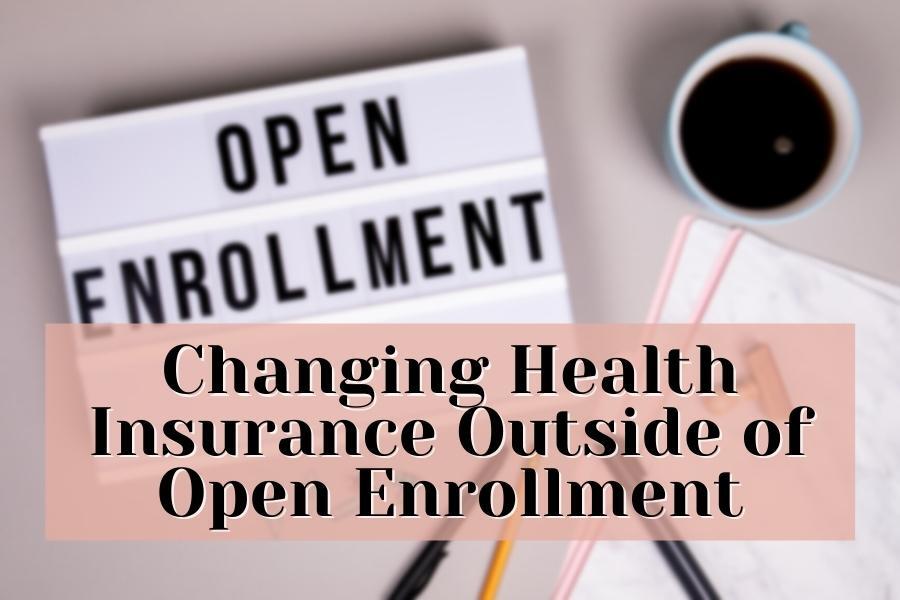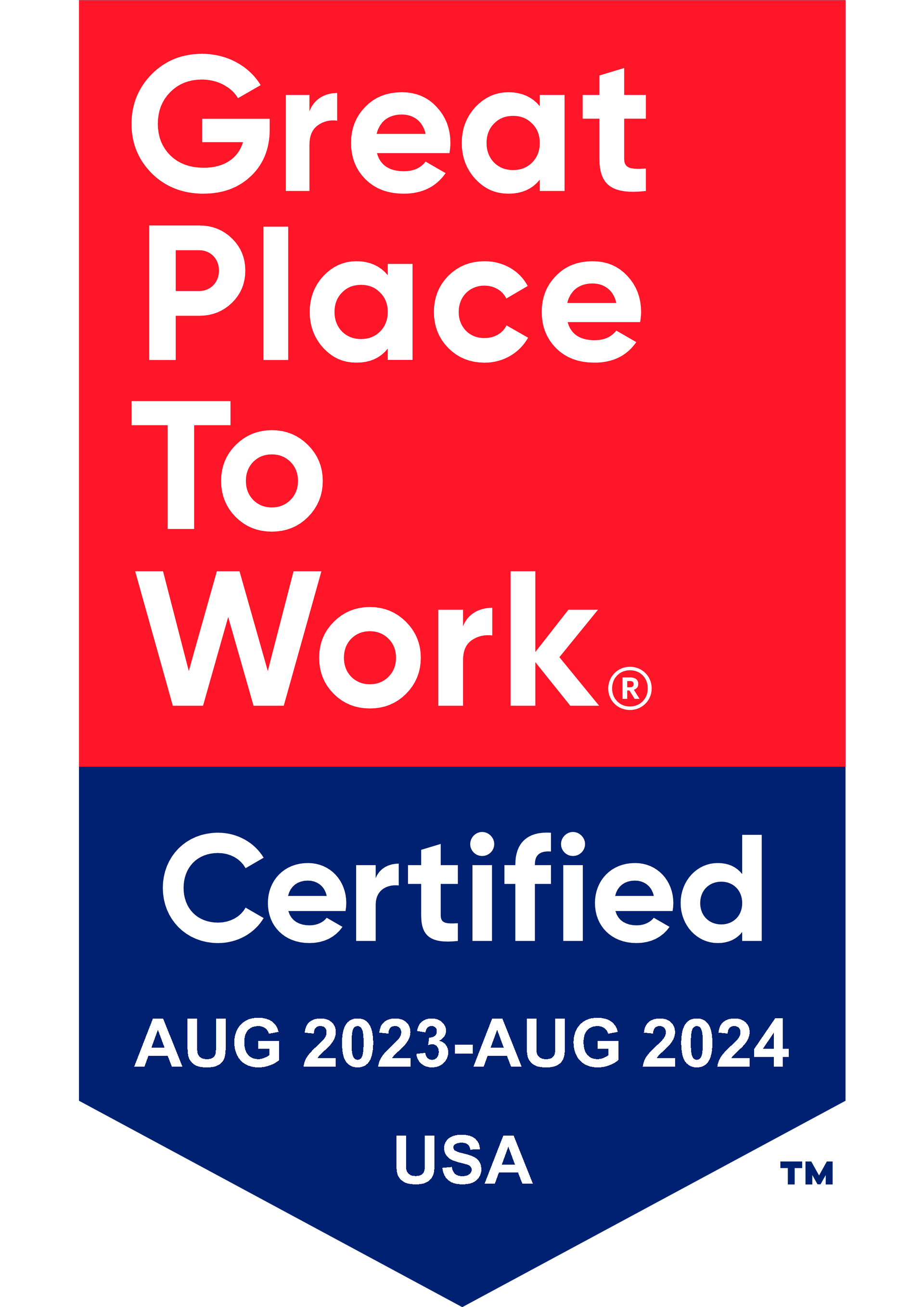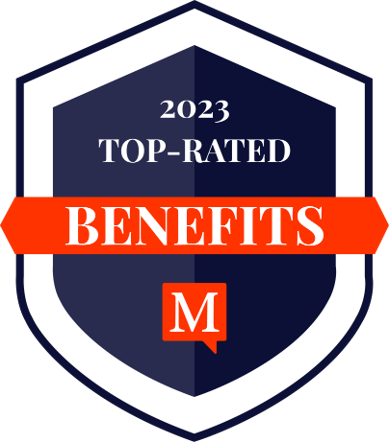Get in touch
408-366-8880
mymail@mailservice.com

Changing Health Insurance Outside of Open Enrollment
Each year, businesses offer employees the opportunity to sign up for, reevaluate, change, cancel, or otherwise adjust their healthcare plan during the open enrollment period. This timeframe also applies to individuals who participate in government-based Marketplace health plans on some level, which has an enrollment deadline in mid-August.
Generally, employees are not able to engage in any insurance-related activity outside the open enrollment timeframe. However, there are some exceptions to the rule.
To help employees interested in changing health insurance outside of open enrollment, keep reading.
WHAT DOES OPEN ENROLLMENT ENTAIL?
When you offer an open enrollment period in the late fall, from November 1 through December 15, it is a time that allows your HR or benefits team to provide employees with new or updated options regarding your organization’s group health insurance plan.
You might have switched insurance companies to offer better premiums and services, or your existing insurance carrier might have some updates to their policies. Regardless of the reason, it’s the time of year that everyone can catch up on the latest information and make the necessary adjustments to their health plans to ensure that they have everything covered.
Here are some common things employees consider regarding their health plans during this critical time of year and some of the changes they typically make.
A REVIEW OF BENEFIT PLANS, OPTIONS, RATES, AND CO-PAYS
Open enrollment gives everyone a chance to give their previous year’s healthcare usage a closer look. It’s also a good time to take an honest look at their current health status and any other issues that pertain to their insurance policies.
The process typically allows for a few weeks because an employee’s healthcare—-or their family’s healthcare—-isn’t always a simple matter. Perhaps an employee or a loved one has become ill in the past year, and they need to tighten up their plan to reflect the current needs of the insured. Open enrollment allows them to invest in a better, if not more expensive, plan. However, they don’t need to rush to do it. Open enrollment allows them to talk to their spouse or think about the costs versus benefits.
Here are a few core considerations employees make during open enrollment:
- A review of your company's overall health plan, based on various costs and available network providers, such as whether their family doctor is in the network.
- A review of their anticipated use of healthcare costs, whether higher or lower than the previous year.
- A review of total annual health care spending for dependents under their benefits package, including monthly premiums, deductibles, co-pays, co-insurance, and out-of-pocket maximums.
- They double-check to ensure that all medications are covered.
REVIEW AND RECONSIDER HEALTHCARE PROVIDERS
Perhaps an employee’s current provider moved out of their health insurance network, leaving them responsible for higher co-pays. In such a case, the employee might weigh their options.
Employees may need to decide whether it is worth keeping their current primary care physician, with whom they have established a long history, based on candor and trust, or if they prefer to find someone in the network to save money.
Employees might take a closer look at their general practitioner, dentist, mental health provider, or any specialists they regularly see during open enrollment.
EXPLORE THE POSSIBILITIES FOR THE COMING YEAR OR YEARS
Many employees use open enrollment to think about what's best for themselves and their family's future health. For example, perhaps an employee is planning to have a baby with their spouse. They need to ensure that they have optimal insurance to make such a large-scale plan possible, safe, and affordable through their healthcare plan.
Maybe an employee anticipates taking care of dental work, so they might need to shift the focus of their plan. There are many reasons for employees to take this time to review their previous, existing, and future needs to shape their ideal healthcare plan through your company’s group health insurance offerings.
An employee might start thinking about the future in the grand sense and decide it’s time to include a life insurance policy or invest more into the one they have. They may be concerned about the possibility of an accident or illness resulting in a disability.
Your official open enrollment period offers employees time to reflect and make the necessary changes while your in-house benefits team is in high gear and working with your benefits partner.
CHANGING HEALTH INSURANCE OUTSIDE OF OPEN ENROLLMENT: LIFE CHANGES HAPPEN
While it is ideal to consolidate all health insurance matters into a focused open enrollment timeframe, life rarely works according to ideals. Your employees might undergo an unforeseen change that could drastically alter how their existing health plan works or does not work for them.
It’s important to try to find a way to accommodate your employees’ needs, or else you risk their health and well-being, along with their ability to focus. In some cases, they need to make changes to secure their ability to work, depending on the nature of the issue they need to address.
Such exceptions to adjustments outside open enrollment are known as “qualifying life events.”
WHAT ARE QUALIFYING LIFE EVENTS THAT ALLOW FOR BENEFITS ADJUSTMENTS THROUGHOUT THE YEAR?
Thanks to the allowance for qualifying life events, your employees can make some changes to their health insurance coverage to secure their healthcare. When such an event occurs, your employees can perform core tasks within a 30-to-60 day eligibility window without hanging by a thread for the next 11 months.
Let’s take a look at some qualifying life events that might arise for your employees.
LOSS OF HEALTH COVERAGE
Perhaps your employee was previously covered by their parents’ or former spouse’s healthcare plan. If they suddenly lose access to that insurance for any reason, it is vital that they obtain insurance as soon as possible, thus making it a prime example of a qualifying life event.
If an employee experiences this circumstance, they need to provide documentation proving that the previous coverage has ended. The documentation must include the date coverage ended or will end.
LOSS OF ELIGIBILITY FOR SPECIAL PROGRAMS SUCH AS MEDICAID, MEDICARE, OR CHIP
Some employees might have previously received government-based insurance assistance through Medicaid, Medicare, or the Children's Health Insurance Program (CHIP). Once they begin working for your organization, their status might change for various reasons, making them no longer eligible for those programs. So, now they need to enroll in your group insurance health plan.
Here are a few reasons employees might lose eligibility for these programs:
- The employee might age out of the CHIP program since coverage only lasts until age 19. If your employee turns 19 after open enrollment, they can sign up for your group health insurance plan to maintain continuous coverage.
- The employee's total family income might exceed the threshold for coverage, which is set at $49,000 per year. If your employee's spouse finds a new job or earns a promotion and/or you give your employee a raise that puts their income over that threshold, they will need to sign up for your group health plan.
In this case, ask your employee to gather all the documentation needed from the Department of Health and Human Services, providing the reason for their loss of eligibility and when their coverage will end.
CHANGES TO FAMILY SITUATIONS
By now, it’s no surprise that your employees—-humans that they are—experience unpredicted family changes at unpredictable times. From size and structure, marriage and divorce, retirement, or sudden loss of a spouse, the reasons your employees might need to adjust their plan due to family dynamics are many.
Let’s take a look at some key changes you might need to help your employee address outside open enrollment:
- Getting Married. An employee deciding to get married is not an uncommon event, and your employees aren’t going to plan their nuptials to coincide with open enrollment, for better or worse. Ask your employee to provide their marriage license to ensure spousal coverage.
- Adding a New Baby or Child to the Family. Whether your employee or their partner gives birth, they adopt or foster a new baby or older child, blend their family with their new spouse’s children, or become the guardian for a family member’s child: a growing family is the epitome of a qualifying life event. Ask your employee to provide proof of this welcome addition via a birth certification, adoption order, foster placement record, or legal guardianship document.
- An unfortunate qualifying life event is divorce. If your employee goes through a divorce, they will want and need to remove their former spouse from their insurance plan as soon as possible. Your employee will need to provide a copy of the divorce decree or annulment papers, including a citation of the ending of healthcare responsibility from your employee.
- Loss of a Loved One. If your employee was previously covered by someone who passed away, such as a parent or spouse, they will need to sign up for your health insurance plan. You will need to ask your employee to provide proof of prior coverage and a copy of the death certificate within the 60-day eligibility period outside open enrollment.
- Your Employee Turns 26 Years Old. At the age of 26, young adults are no longer eligible to remain covered under their parents' or guardians' healthcare plan. Ask that your employee provides proof of coverage within 60 days of their 26th birthday before allowing them to sign up for coverage under your plan.
Additional changes might fall under qualifying life events, such as a change of residence, job, citizenship status, or the ending of a post-collegiate membership with AmeriCorps. According to your own policies and those of local, state, and federal laws and policies, these and other considerations are something for your company to determine.
WHAT ARE THE ADVANTAGES OF ALLOWING EMPLOYEES TO CHANGE HEALTH INSURANCE OUTSIDE OF THE OPEN ENROLLMENT PERIOD?
The above list outlines events that occur all the time, and some of these events won’t adhere to or fall within the open enrollment window. By remaining flexible and quickly and happily accommodating your employees’ life events as they happen, you create a warmer environment that helps your employees feel safe and cared for throughout the year, every year.
Do you need more information about what to categorize as a qualifying life event, or what types of documentation you need from your employees for each one? Our KBI Benefits team is here to help you figure it all out and provide this vital service to your employees with ease and convenience for your HR team and organization.
Learn more about all the ways we can help. Please call us at 408-366-8880 or submit your information via our online contact form, so we can determine what you need and start assisting you as soon as possible!
Services
Latest Thinking




